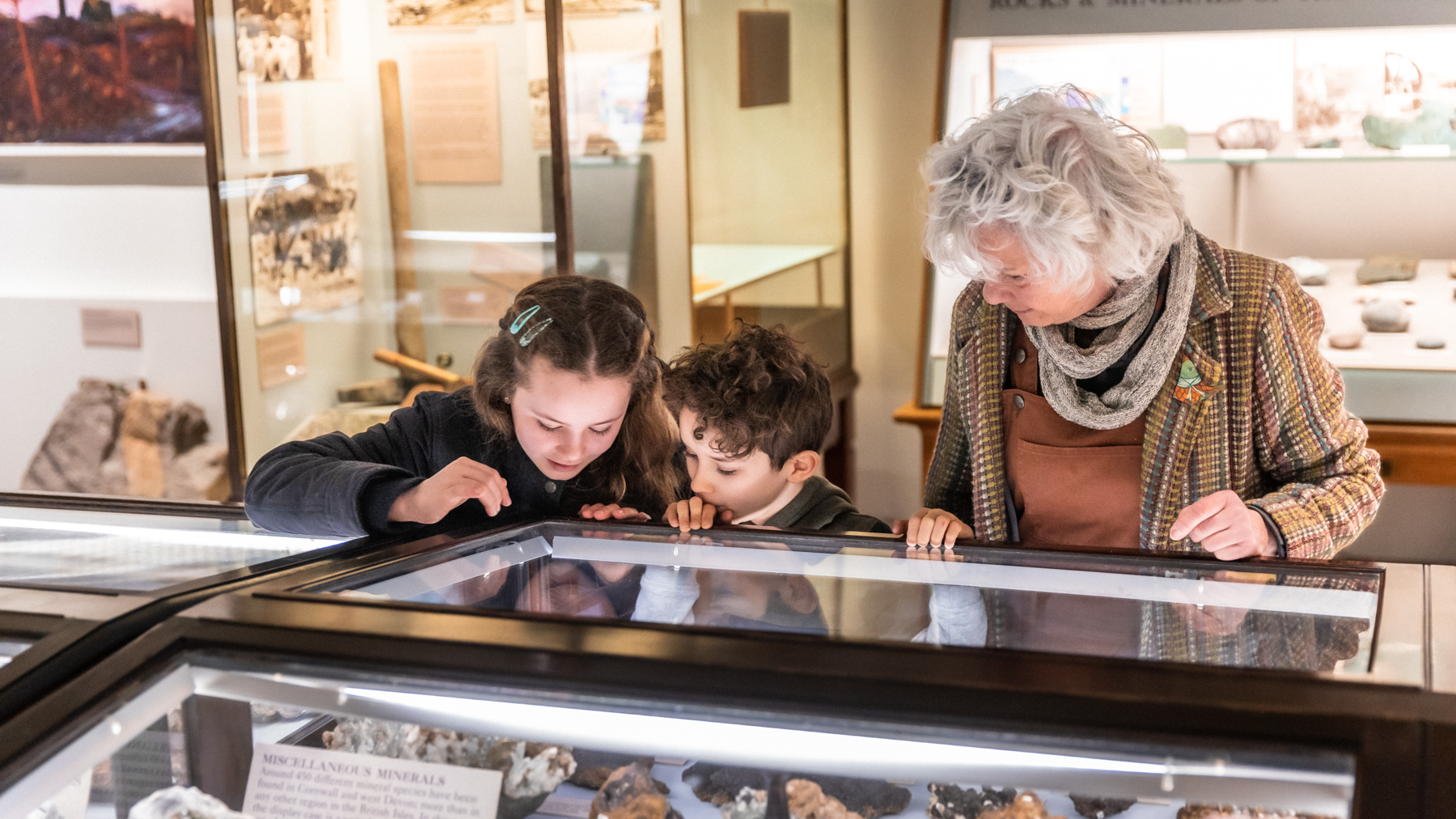The Best Museums in Cornwall
It is hard to miss the history of Cornwall, from tall ships and smugglers to tin mines and satellites - its all here. Every little town it seems has a museum to boast, perfect for a rainy day or for the generally curious.
In my home town of Lostwithiel we have history in spades. Our ruin of Restormel Castle, the Duchy Palace once home of the Black Prince and even our tranquil river, a very long time ago, was the scene of tall ships and bustling commerce making Lostwithiel an important place, in fact the capitol of Cornwall!
The two roomed museum in the heart of town does a wonderful job of exploring the many layers of this little town and it got me thinking about what might be the best museums in Cornwall to see.
Let's go big first, well put together and interactive, the National Maritime Museum in Falmouth has plenty to captivate and inform, a great place for all the ages. Currently focusing on a pirate theme, kids will love diving into the history of Cornwall's checkered nautical past.
The Royal Cornwall Museum in Truro does a great job at reflecting the creative culture that Cornwall is renowned for. Founded to promote excellence in science and art, the museum features artworks both old and new. Currently they are exhibiting 'Adrift', inspired by an event where 62 shipping containers were lost at sea, one containing a hoard of Lego. Author Tracey Williams' story of the same name tells of her journey beach combing for these plastic pieces on Cornwall's coast. The exhibit looks at the weird, wild and not always so wonderful things that turn up on our shores.
For Cornwall's social history Helston's Museum of Cornish Life is a gem. Chock full of curiosities and artefacts looking at life for fishermen, farmers and miners. There's vintage Christmas cards, minerals from the earth and brilliant photographs of industrious women all combine to give a rich overview of the proud Cornish people and what life has been like on this peninsula edge of England.
A place I found intriguing is PK Porthcurno, the telegraph museum, which holds the secrets of how England communicated with the world in the 19th and 20th centuries. It turns out this little piece of Cornwall was quite strategic in global communication with the original cable hut dating back to 1870. There are secret underground tunnels to explore, built to keep people safe when during the world wars this important signal station became a target. I bet for the youngsters especially it is pretty mind-blowing how far we have come in communication, and fascinating seeing how it all began!
Near St Austell we have the Wheal Martyn Clay Works where the story of Cornwall's clay mining history comes to life. China clay is a fascinating thing, Cornwall has produced 170 million tons over the past 250 years, the majority exported across the world. The site blends outdoor and indoor exhibits and is great for all the family (dog friendly too). They work with local artists and alongside the natural habitat to highlight the contribution Cornwall has made through this widely used material.
There are of course many more! You can head down an actual mine at the Geevor Tin Mine Museum, explore sculpture artist Barbara Hepworth's garden, find out about infamous shipwrecks in Charlestown and see a Victorian upstairs downstairs at Lanhydrock House.
So never fear if the sun decides to disappear, delve into the variegated past of historic Cornwall, and its little treasure troves of lived experience.













Comments
Post a Comment